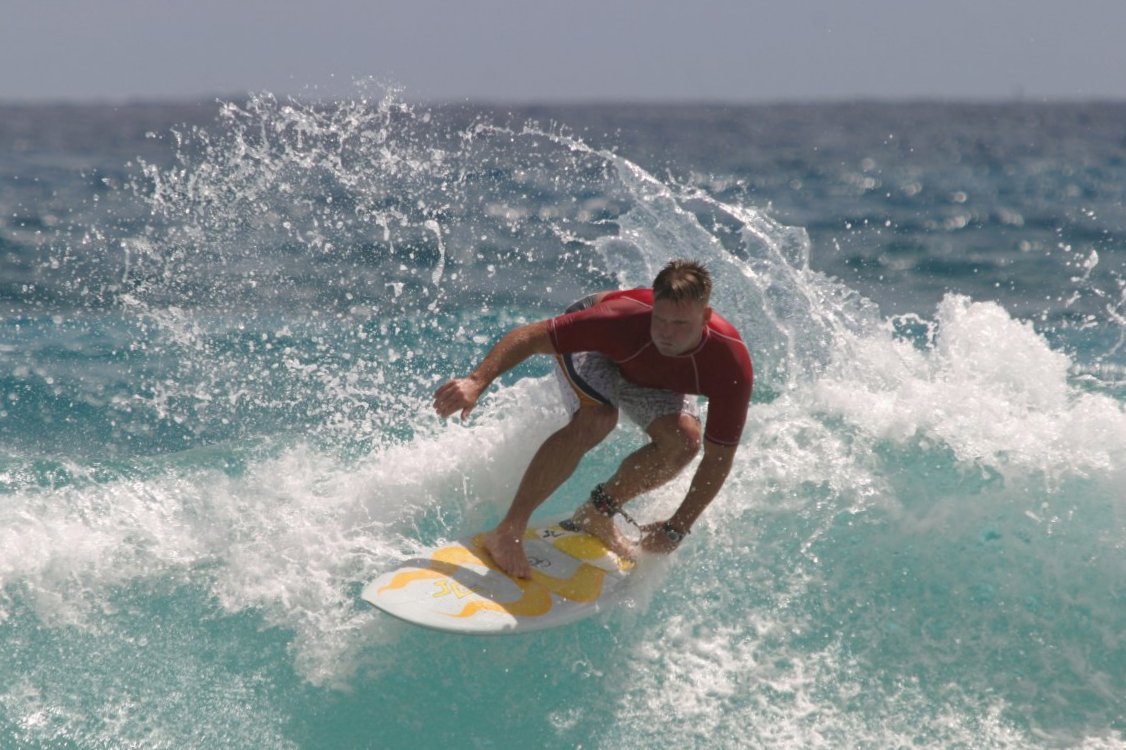Sure, you’re not going to venture into the deep sea during your early surfing career, but as time progresses the beginner surfer will start to pose questions about just what does make the perfect conditions.

You’ll hear the pros mulling over each day and expressing their excitement or disgust about how the conditions might impact their activities. The likes of Anouk Govil have discussed it at detail and if you are in this boat (does a pun almost exist there?), then it’s time to read on. We’ve collected all of the main conditions you need to analyze, in a bid to make the very most out of your surfing session once you venture towards tougher waters.
What type of wind is there?
We’ll put it out there that this is probably the main condition that you need to be analyzing; if the wind isn’t favorable, it might be a better idea to stay at home and return on a safer day.
Generally, this is separated into two categories; offshore or onshore.
In the case of offshore winds, this refers to winds which blow towards the ocean and across the land. If you’ve stumbled upon this type of wind, you’re in luck – it usually makes for perfect surfing conditions. The waves won’t be impacted nearly as much, and they will tend to be in much better shape as they won’t be “broken up” as quickly.
As you may expect, the onshore wind is the complete opposite. If you’re met with these conditions, you need to seriously question whether it’s worth going out. The wind will be blowing from the ocean, and subsequently towards the land, meaning that the waves are quite simply all over the place. There won’t be any form to the waves and riding them will be nigh-on-impossible.
Where is the tide?
Another important factor is the tide. While the wind will impact the shape of the waves the most, you also shouldn’t discount the tide-factor. This can affect the wave as it will tend to break more quickly if its heading towards shallow water.
Unfortunately, this can be a tricky subject to decipher. It’s one that prompts a whole host of terminology, although we are going to summarize the main ones to give you a better idea.
Let’s firstly start with a reef break. If you’re looking for powerful waves, this is your ticket, although they are only generally seen when the wave is traveling over a rocky seabed. They occur due to the great difference between deep and shallow water. Suffice to say, with power comes a lot of danger and as such, you should exercise caution if you’re surfing on a day where reef breaks are present.
On the other side of the coin we have a beach break; the perfect type if you are just starting out. These occur when the waves start to break on a sandy seabed – which almost acts as a cushion.
Another favorite amongst beginners is the shore break. As the name might suggest, this occurs when the wave starts to break near to the shore – or sometimes on it. There are only certain beaches which this is going to occur though, with those that boast a steep shoreline being the usual candidates.